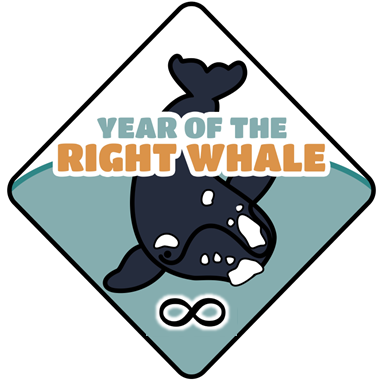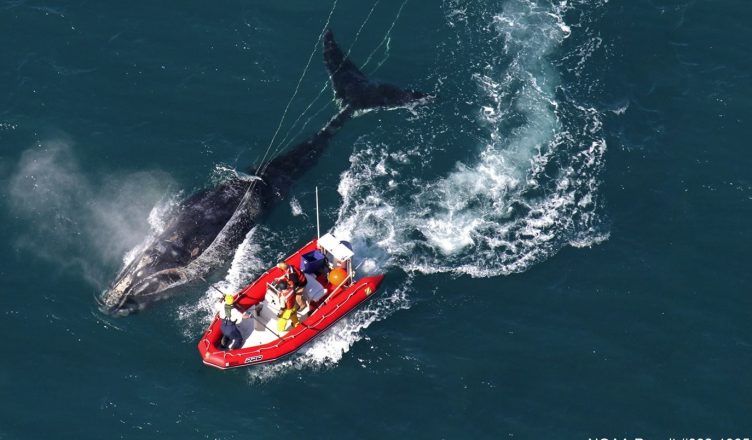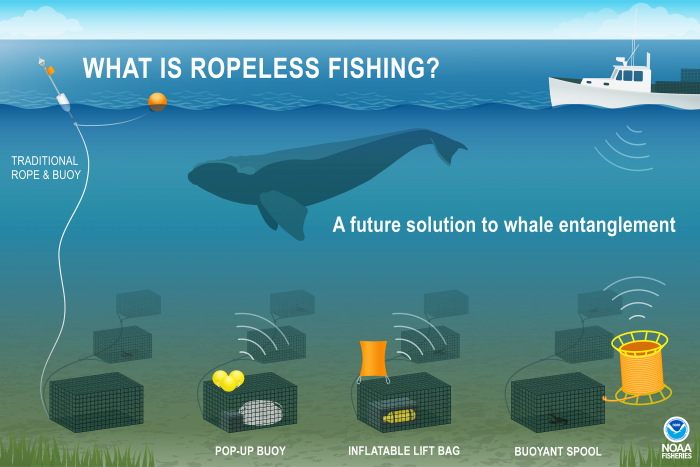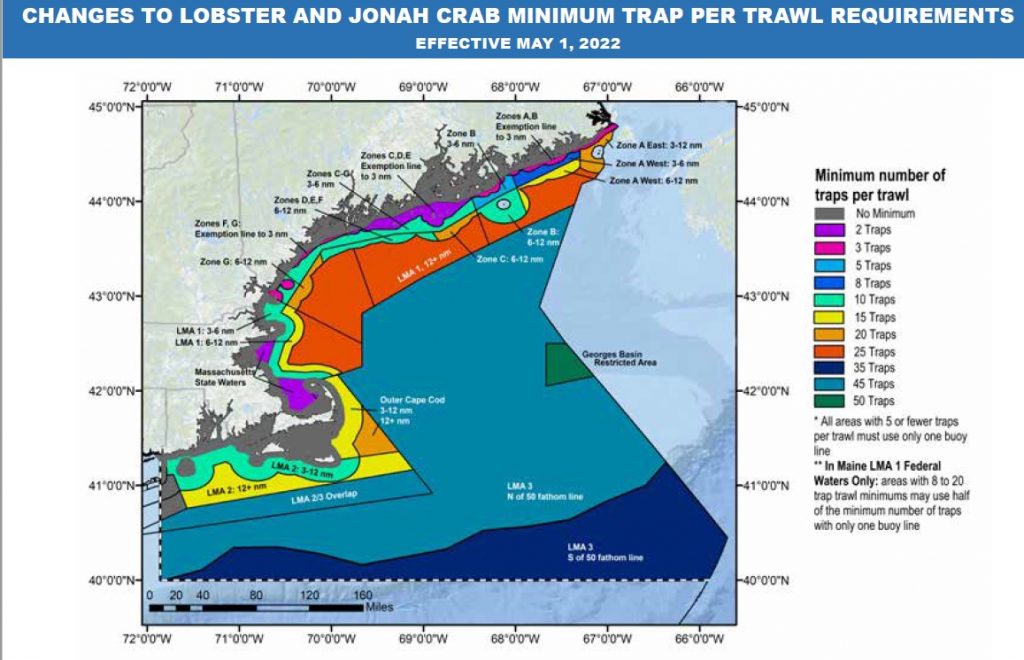In February 2021, we asked for your help submitting public comments for the Atlantic Large Whale Take Reduction Plan. It looks like all of our effort paid off, as NOAA has recently passed new regulations to the plan in August 2021!
These new regulations include an incentive to switch to ropeless gear. The lobster fishery in Massachusetts is closed to traditional gear from October to January each year to protect the North Atlantic right whale as they make the journey to their winter mating and calving grounds off the coasts of Florida, Georgia, and South Carolina. The new regulations expand the Massachusetts Restricted Area (MRA), including a closure period from February to April as the whales return. However, these restrictions would not apply to ropeless gear, meaning that any lobstermen who choose to fish this way would be able to maintain their gear year-round. This would be a HUGE benefit to lobstermen, as using traditional gear limits them to only half the year.
Other gear restriction changes including changing the number of traps per trawl and adding weak line in areas that will snap if a whale becomes entangled. Rather than setting a requirement for a maximum number of traps per trawl, minimum numbers are set to reduce the number of vertical lines in the water for traditional gear. With more traps strung together in one trawl, fewer trawls (and therefore buoys) will be present in the water. Minimum traps per trawl now range from 10-25, with the majority of the Gulf of Maine requiring 10 or 15 traps closer to the coast, and 25 farther out. These rules apply to Jonah crab and lobster traps.
Weak line additions are meant to allow vertical lines to snap if a certain amount of force is placed on them. This would allow a whale to become free of the traps on the ocean floor, not the vertical line itself. This could potentially decrease the risk of serious injury and remove the weight the animals bear when they become entangled. Weak line previously was placed near the buoy itself, but given that this isn’t really where the problem lies, the new restrictions move the weak line further down the buoy line where it is more practical. These new rules also apply to both Jonah crab and lobster traps. Gear marking requirements are also included in the new Take Reduction Plan regulations to track the gear and determine where it came from in the event that a whale becomes entangled. This could lead to changes in restrictions based on where whales are becoming entangled most often (if trends are found).
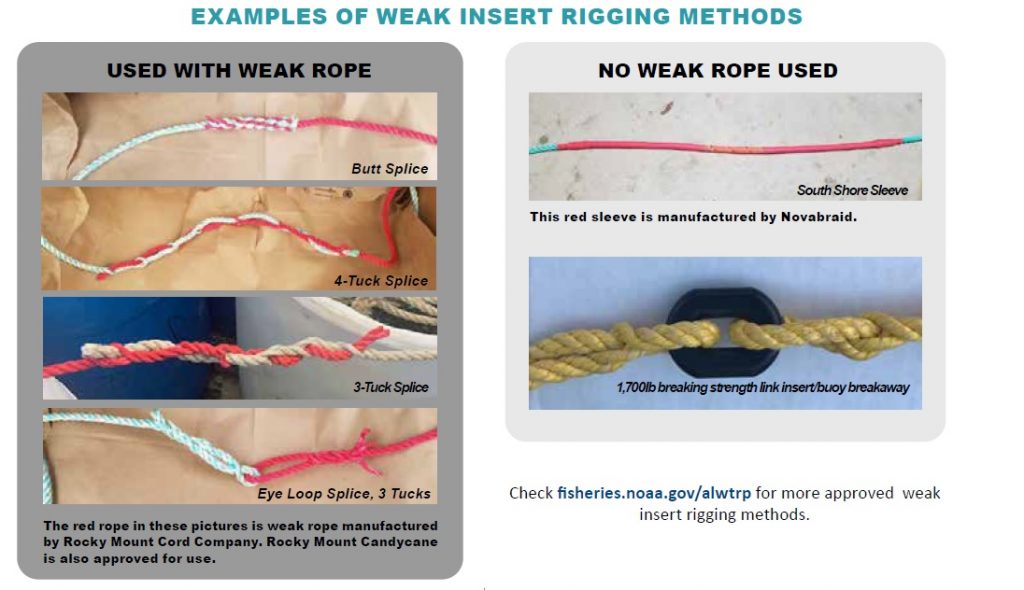
While this may seem like the wonderful news we have been striving for, we aren’t out of the woods yet.
Just days after the new Take Reduction Plan regulations were announced, the state of Maine hired a team of lawyers to fight these regulations. Unfortunately, as with many environmental issues, those on the other side continue to fight to preserve old ways. One thing everyone can do is learn the facts about right whales in Maine. We need to keep fighting to help the North Atlantic right whale, and it’s not just them that these regulations would protect. Other species, including humpback whales, minke whales, fin whales, Atlantic white-sided dolphins, turtles, and even ocean sunfish, are harmed by vertical buoy lines. Regardless of how you feel about eating lobster or the lobster fishery, I think we can all agree that no animal deserves to suffer and die the way that right whales have been suffering for years. In the grand scheme of things, we ALL need the whales to survive, even the lobstermen.
You can read the full Atlantic Large Whale Take Reduction Plan here and stay tuned as we find ways to keep these new restrictions in place and protect marine life in the Gulf of Maine.
